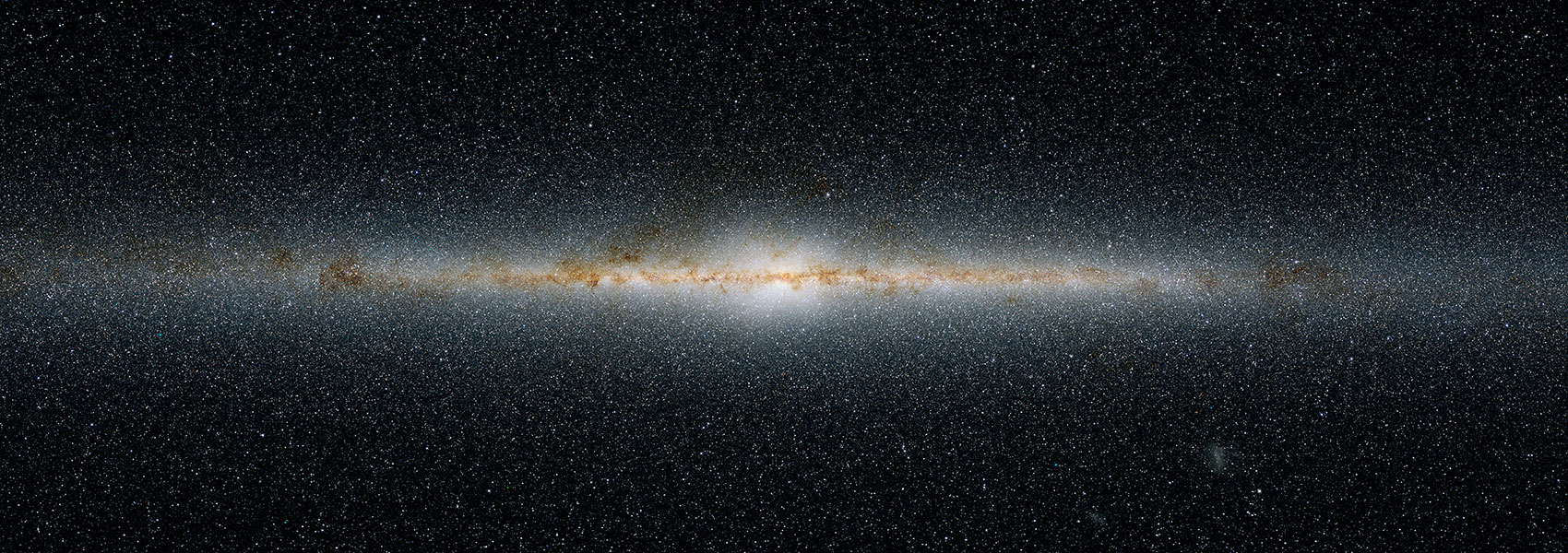Title: "Looking Out for the Little Guys: Measuring M-dwarf Multiplicity with Speckle Imaging"
Abstract: The M-dwarfs have been established as the most favorable targets for exoplanet detection and characterization. However, unresolved stellar companions can contaminate the light curve, resulting in underestimated planet radii, skewed planet radius distributions and occurrence rates, incorrect characterization of both stars' properties, and a bias against detecting Earth-sized planets with transit surveys such as TESS. We therefore present the first results from the POKEMON (Pervasive Overview of Kompanions of Every M-dwarf in Our Neighborhood) survey, the largest speckle multiplicity survey produced to-date of the objects that comprise over 70% of the stars in our galaxy: the M-dwarfs. POKEMON is a volume-limited survey through M9 that inspected, at diffraction-limited resolution, every M-dwarf out to 15pc, with additional brighter targets to 25pc. We utilized the Differential Speckle Survey Instrument (DSSI) at the 4.3m Lowell Discovery Telescope, along with the NN-Explore Exoplanet Stellar Speckle Imager (NESSI) on the 3.5-m WIYN telescope to carry out this survey. Using these instruments, we have discovered 30+ new companions to nearby M-dwarfs. We also report results from our speckle follow-up of M-dwarf TESS Objects of Interest (TOIs), which utilized DSSI, NESSI, and the two speckle imagers at Gemini North and Gemini South. This work has enabled us to compare the multiplicity rate and orbital period distribution of planet-hosting M-dwarfs with the non-planet-hosting POKEMON stars.



